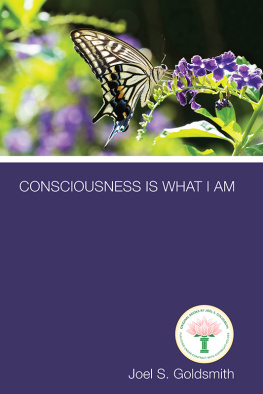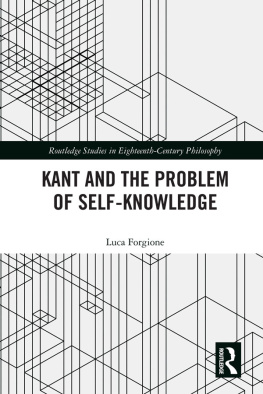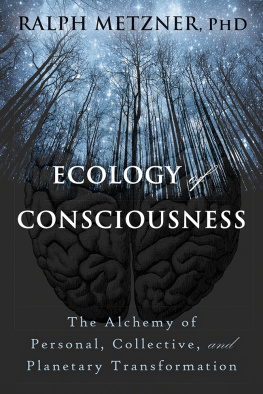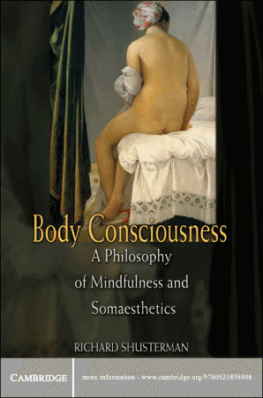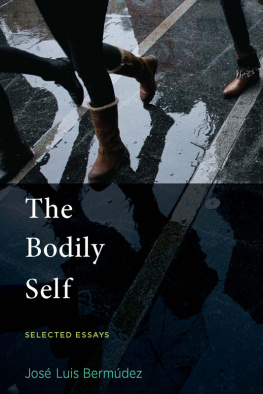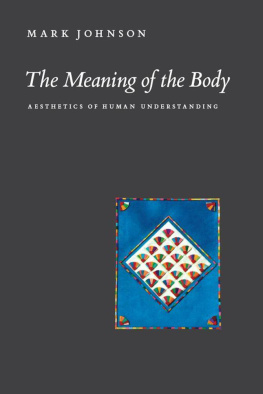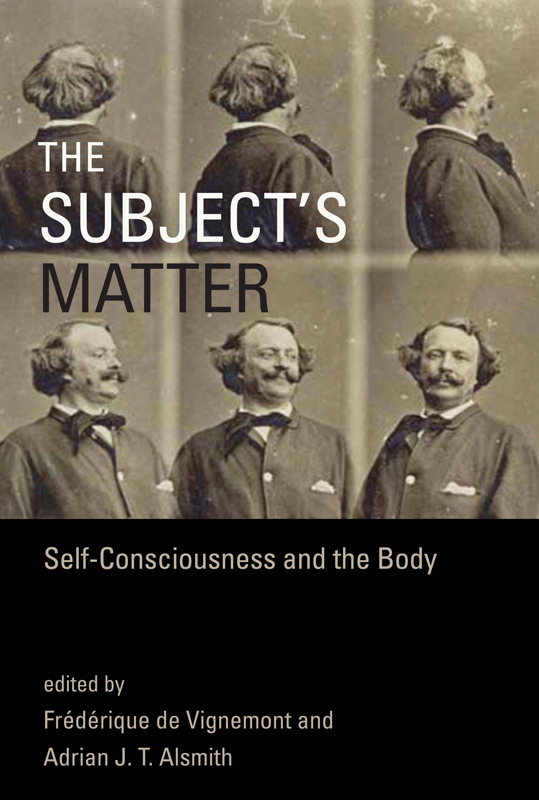Contents
Guide
Pagebreaks of the print version
Representation and Mind
Hilary Putnam and Ned Block, Editors
Hilary Putnam, Representation and Reality
Fred Dretske, Explaining Behavior: Reasons in a World of Causes
Jerrold J. Katz, The Metaphysics of Meaning
Jerry A. Fodor, A Theory of Content and Other Essays
Cora Diamond, The Realistic Spirit: Wittgenstein, Philosophy, and the Mind
Michael Tye, The Imagery Debate
Christopher Peacocke, A Study of Concepts
John R. Searle, The Rediscovery of the Mind
John Campbell, Past, Space, and Self
Galen Strawson, Mental Reality
Michael Tye, Ten Problems of Consciousness: A Representational Theory of the Phenomenal Mind
Robert Cummins, Representations, Targets, and Attitudes
Peter J. McCormick, Starmaking: Realism, Anti-Realism, and Irrealism
Hao Wang, A Logical Journey: From Gdel to Philosophy
Daniel C. Dennett, Brainchildren: Essays on Designing Minds
Jerrold J. Katz, Realistic Rationalism
Jos Luis Bermdez, The Paradox of Self-Consciousness
Jerry Fodor, In Critical Condition: Polemical Essays on Cognitive Science and the Philosophy of Mind
Jaegwon Kim, Mind in a Physical World: An Essay on the Mind-Body Problem and Mental Causation
Jerry Fodor, The Mind Doesnt Work That Way
Susana Nuccetelli, New Essays on Semantic Externalism and Self-Knowledge
Michael Tye, Consciousness and Persons: Unity and Identity
Drew Khlentzos, Naturalistic Realism and the Antirealist Challenge
Alice Crary (editor), Wittgenstein and the Moral Life: Essays in Honor of Cora Diamond
Yuval Dolev, Time and Realism: Metaphysical and Antimetaphysical Perspectives
Terence E. Horgan and Matja Potr, Austere Realism: Contextual Semantics Meets Minimal Ontology
Michael Tye, Consciousness Revisited: Materialism without Phenomenal Concepts
Rocco J. Gennaro, The Consciousness Paradox
Frdrique de Vignemont and Adrian Alsmith (editors), The Subjects Matter: Self-Consciousness and the Body
The Subjects Matter
Self-Consciousness and the Body
edited by Frdrique de Vignemont and Adrian J. T. Alsmith
The MIT Press
Cambridge, Massachusetts
London, England
2017 and Massachusetts Institute of Technology
All rights reserved. No part of this book may be reproduced in any form by any electronic or mechanical means (including photocopying, recording, or information storage and retrieval) without permission in writing from the publisher.
This book was set in Stone Serif by Westchester Publishing Services. Printed and bound in the United States of America.
Library of Congress Cataloging-in-Publication Data is available.
Names: Vignemont, Frdrique de, editor.
Title: The subjects matter : self-consciousness and the body / edited by Frdrique de Vignemont and Adrian J. T. Alsmith.
Description: Cambridge, MA : MIT Press, 2017. | Series: Representation and mind | Includes bibliographical references and index.
Identifiers: LCCN 2017010147 | ISBN 9780262036832 (hardcover : alk. paper)
Subjects: LCSH: Human body (Philosophy) | Self-consciousness (Awareness) | Self (Philosophy)
Classification: LCC B105.B64 S83 2017 | DDC 128/.6dc23 LC record available at https://lccn.loc.gov/2017010147
Contents
Adrian J. T. Alsmith and Frdrique de Vignemont
Andrew J. Bremner
Melvin Mezue and Tamar R. Makin
Marie Martel, Lucilla Cardinali, Alice C. Roy, and Alessandro Farn
Matthew R. Longo
Patrick Haggard, Tony Cheng, Brianna Beck, and Francesca Fardo
Jos Luis Bermdez
Shaun Gallagher
Francesca Garbarini, Lorenzo Pia, Carlotta Fossataro, and Anna Berti
Alexandre Billon
Frdrique de Vignemont
Louise Richardson
Adrian J. T. Alsmith
Christopher Peacocke
Hong Yu Wong
Manos Tsakiris
Jakob Hohwy and John Michael
List of Illustrations
When the arms are crossed, intrinsic tactile locations on the skin (AI and BI) come to occupy less familiar places in the external environment (respectively BE and AE). Several studies now show that adults, children and even infants (Azan & Soto-Faraco, 2008; Begum Ali et al., 2014, 2015; Bremner et al., 2008; Shore et al., 2002; Yamamoto & Kitazawa, 2001) are worse at localizing touches when the arms are crossed than when they are uncrossed. Some (Yamamoto & Kitazawa, 2001; Begum Ali et al., 2014; Bremner & Van Velzen, 2014), but not all (see Shore et al., 2002) have explained this as a bias to locate a touch (for example, to the left hand) in the external location where it would usually occur with the body in a canonical posture (AE), and that this representation competes with representations of current location (on the body [AI] or in external space [BE]). The canonical posture is represented in this figure by the shaded arms with dashed outlines. (Figure reprinted with permission from Bremner & Van Velzen, 2015.)
Probing infants spatial representations of touch by crossing the legs (Begum Ali et al., 2015). (A) An infant participant in the uncrossed- and crossed-feet postures. The tactors, attached to the infants feet using a cohesive bandage, were controlled remotely. The experimenter held the infants feet in the assigned posture during tactile stimulation. (B) Mean proportion of correct first unilateral foot movements to vibrotactile stimuli (error bars indicate the standard error of the mean). The six-month-olds showed a crossed-feet effect whereas the four-month-olds performed equivalently across conditions, matching the best performance of the six-month-olds. Significant comparisons are indicated (* = p < .05, ** = p < .01, *** = p < .001). (Figure reprinted with permission from Begum Ali et al., 2015.)
Crossmodal matching studies of multisensory body perception in infancy. Researchers have measured infants looking preferences for visual movements of limbs projected on a screen which are either congruent or incongruent with their own limb movements perceived proprioceptively (Bahrick & Watson, 1985; Filippetti et al., 2013; Rochat, 1998). Differentiation of congruent and incongruent displays is typically demonstrated by a looking preference for the incongruent presentation, but preferences for the congruent presentation are also observed under some circumstances, and are equally as diagnostic of differentiation. (Figure reprinted with permission from Bremner, 2016.)
Determining whether six- and ten-month-old infants can perceive when tactile and visual stimuli are colocated on their hands (Freier et al., 2016). This figure provides a schematic illustration of the stimulus presentation protocols used in Freier et al.s experiment, and the findings. (A) shows the spatially congruent visual-tactile event condition, and (B) shows the incongruent condition. In (A) colocated bimodal (visual-tactile) stimulation (700 ms) is presented synchronously on a single hand at a time, alternating between left and right hand. In (B) the visual and tactile stimuli alternate between the hands according to the same schedule, but although they are presented synchronously they never coincide on the same hand. (C) displays a schematic of the stimulus presentation schedule within a single trial. (D) shows the mean duration of infants looking at their hands during congruent and incongruent test conditions (in seconds), plotted according to age group (error bars indicate the standard error of the mean). (Figure adapted from Freier et al., 2016.)


